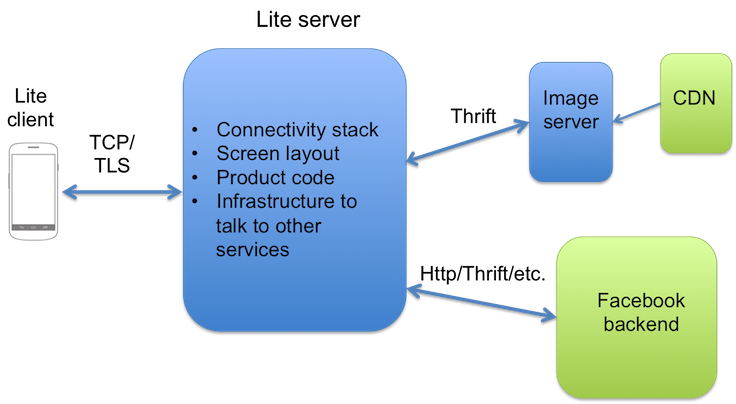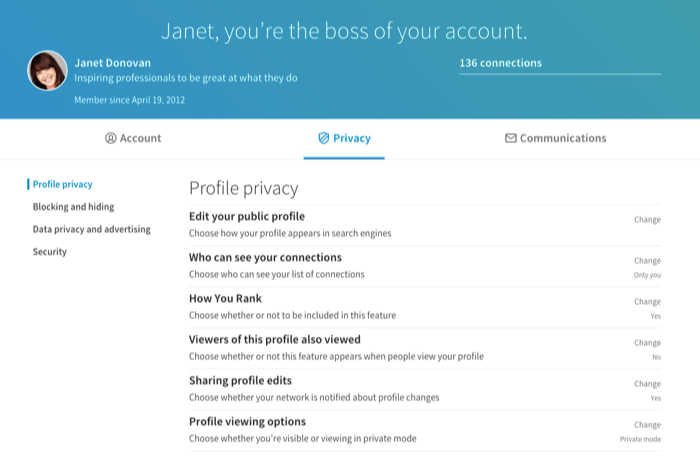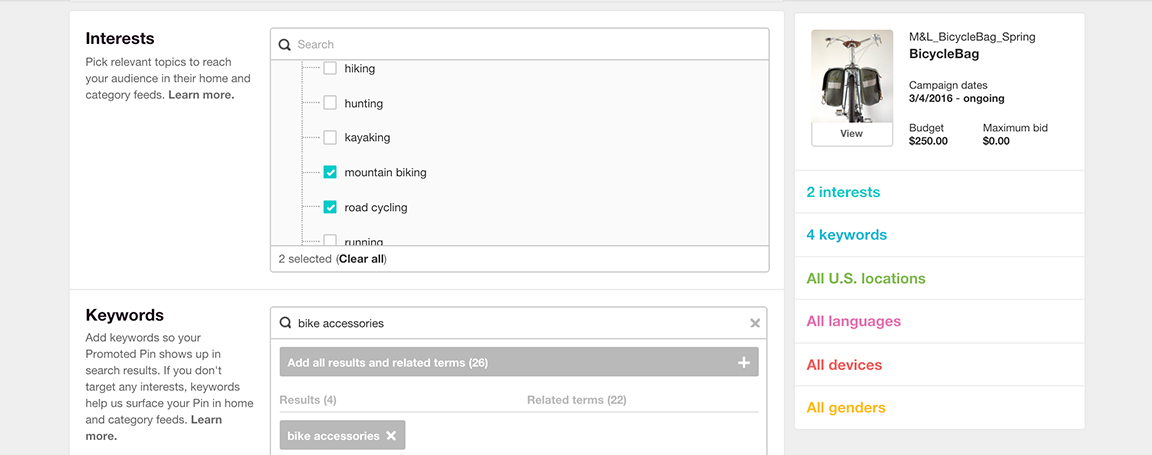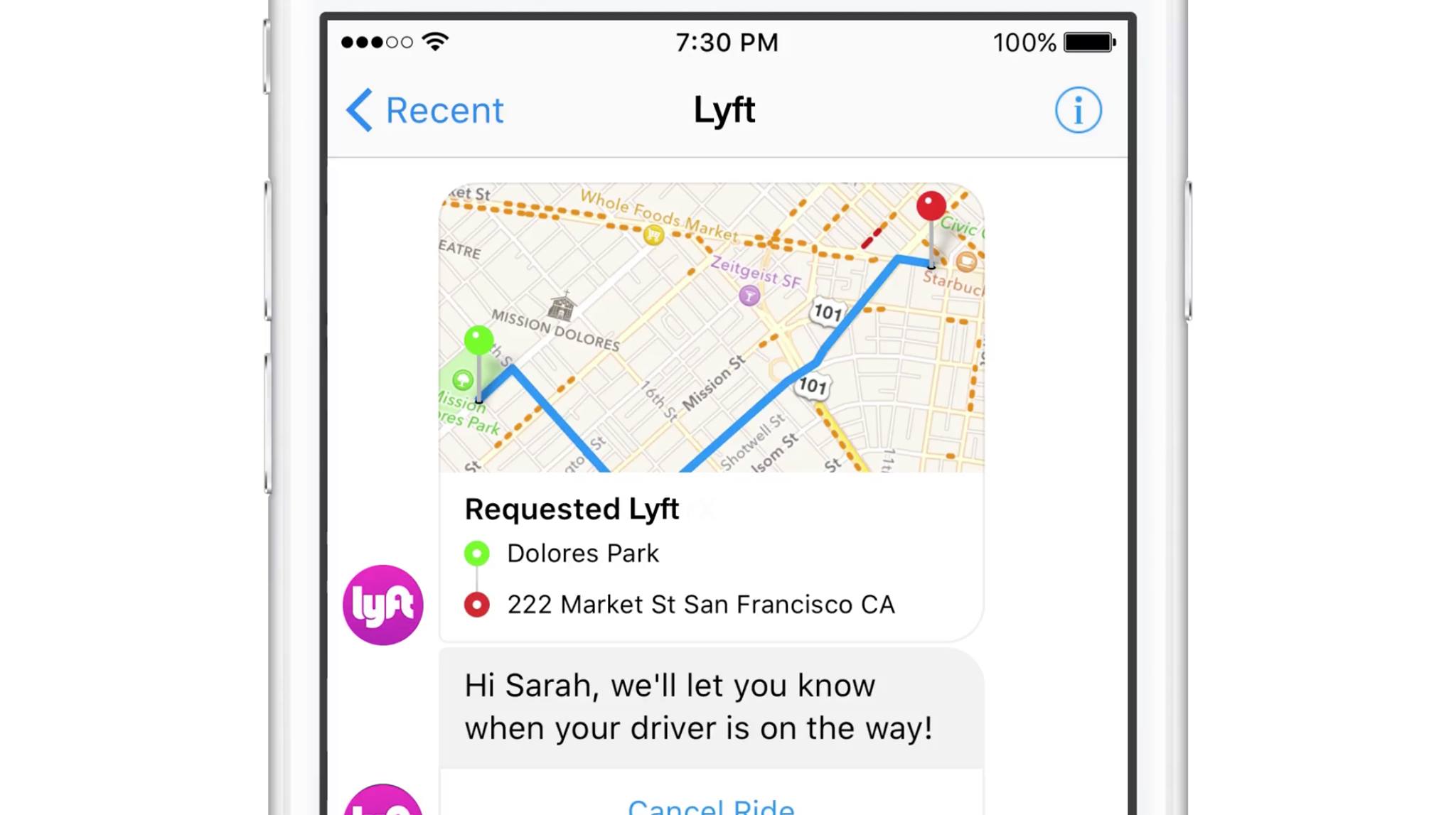The week in social: Meerkat changes, Facebook Lite, and Google influencers
Meerkat begins to move away from live streaming
Through a memo unveiled on Re/Code earlier this week, and a confirmed blog post later on, Meerkat noted that they are working on a new product, implying that with competitive pressure, live-streaming on mobile devices will no longer be a core focus. Meerkat noted that with services like Periscope and Facebook Live, it was difficult for them to create a network that was self-sustaining. Additional challenges cited included the “high emotional cost” of live-streaming and carrying an audience. It is not immediately clear what new product Meerkat will surface next, but it is part of the company’s long-term plans that are still currently being shaped.
More information on Meerkat Blog.
Tumblr to add new activity embedding features
Tumblr is adding a new way to seamlessly and publicly show user activity on a blog. Users who own a Tumblr can now go to their palette option, and enable sharing of “likes”, and other users that are followed. The intent of the new feature is to help users discover new similar content. For example, if a blog about extreme sports shares other extreme sports Tumblrs they are following, a user who views the initial blog can find other content to engage with. The new feature is set to go live in the coming week but a specific date hasn’t been provided.
More information on Tumblr Staff Blog.
Facebook’s “Lite” version is the fastest growing of all platforms
Built specifically from the ground up for less advanced devices, and slower networks in developing nations, Facebook Lite, launched in June 2015, has been the fastest growing platform for the major social network. The separate application is supported in 56 languages and is most popular in Brazil and India, among others. Facebook Lite is optimized to operate on 2G networks, which according to Facebook’s Code blog cover 96% of the world. The remainder of Facebook’s post goes on to explain the technical challenges that were overcome to bring the app to market, including keeping its core app under a 1MB size limit.

Read more on Facebook Code Blog.
LinkedIn revamps its Privacy and Settings page
LinkedIn issued a new blog detailed the way is has changed the ability for users to manage their privacy on the professional social network. It’s new “Privacy & Settings” page offers several new options, including sections for Account, Privacy, and Communications. Account provides setting for standard categories such as email address changes, language, and exporting data. Privacy covers how user information can be used, and what information is seen by other users. Lastly, Communication covers how a user is able to be contacted by others, and how much communication they receive from LinkedIn itself.

Read more on LinkedIn Blog.
Twitter improves “Moments” links for mobile apps
In an effort to further push its Moments content product that was launched last year, Twitter has tweaked how tapping on links works across the iOS and Android platforms for the service. Now, when a user taps a link on a Moment, they will go directly to the story from the publisher. When a user wants to go back into Twitter, all they have to do is click out of the article, and they are brought back to the curated stream of Twitter content for that Moment. Twitter has also introduced the AMP initiative, a way that the company is working with content publishers to have sites load faster when a link is clicked from a publisher tweet.
More information on Twitter Blog.
Pinterest opens Ads Manager to all businesses
In an effort to create additional transparency for all small and medium businesses running self serve promoted pin ads, Pinterest is releasing its ads manager to all advertisers. Features in the Ads Manager include bulk editor so multiple campaigns can be managed at once, and more advanced measurement tools so that advertisers can dig deeper to see the effectiveness and impact of particular promoted pins. For the ads themselves, new forms are targeting are being introduced including by interest, keyword, and customer database, which is created based off of email lists, similar to the “custom audience” feature from Facebook. Lastly, enhanced conversion tracking has been enabled, which lets the advertiser see order size and quantity as part of the conversion tag data that is gathered from a promoted pin user-journey.

Read more on Pinterest Business Blog.
Google+ is creating an influencer program for collection “creators”
Google+ is seeking applicants for its new creators program, a place for users who create “standout” collections of content that are based on specific themes. Users who apply and are chosen will get a say in how the future of Google+ is shaped, they will get featured placement in Google+ marketing messaging, and guaranteed profile verification. This is one of the Google+ first steps towards create an influencer program of sorts, by establishing credibility with its collections product, but specific plans on how they will be leveraged and how big the program will be are yet to be unveiled.
More information on Google+ Create.
Facebook improves features for Lead Ads
Facebook introduced lead ads as a way of driving sales and information requests for advertisers. New features include duplicate forms, which allow an advertiser to copy a lead ad and edit specific fields to save time with ads management, additional CRM partners, which allow for integration with email services, and the addition of video, where the ads themselves function the same way as lead ads with photos do, but where the video is clicked, the user will be brought to the lead form. Lastly, advertisers can now tweak the way disclaimer forms appear, with text that support hyperlinks in case an advertiser wants to lead the user to more legal information.
More information on Facebook Business Blog.
More transportation options become part of Facebook Messenger
Facebook Messenger has increasing added value-add features to its service, including the option for payments, and hailing a ride through Uber, and the latest announcement by the company sees an additional option open up, the ability to hail a ride from one of Uber’s top competitors, Lyft. The help with the seamless integration of this feature, users are able to click an address that is in a message dialog and hail a ride directly from the options available. Additional features including tracking the driver’s location, and notifying friends.

Read more on Facebook.
Tinder testing new matching features
Popular “swipe-right” dating app Tinder is testing a few new features to help spur additional engagement on the service in light of increasing competitive pressure. The ability to share a profile is showing up for some users, and it allows the sending of a profile to a friend via text message. The shared profile will “expire” after the link has been clicked five times, or after 72 hours, whichever comes first. For users who don’t want their profile to be shareable, they can disable the feature in “Discovery Settings”.
More information on Social Times.